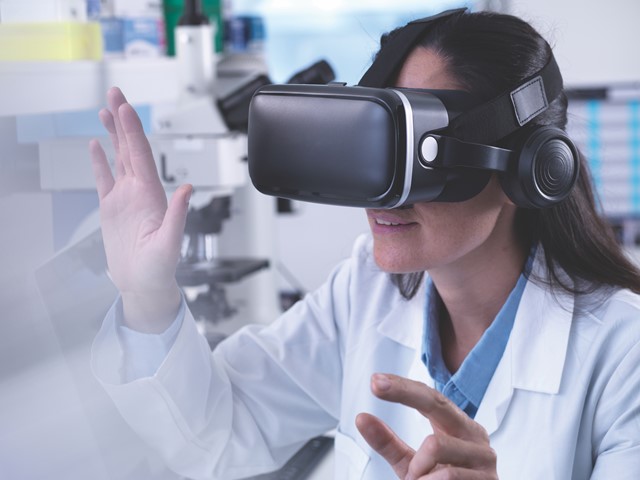Virtual Reality (VR) has come a long way since its inception, and its evolution is nothing short of remarkable. From the early experiments to the immersive experiences of today, VR has transformed the way we perceive and interact with digital environments. In this 1500-word article, we will take a journey through the history of VR, explore its current state, and peer into the exciting possibilities that the future holds.
The Genesis of Virtual Reality
The concept of virtual reality dates back to the mid-20th century when science fiction writers and inventors began dreaming of creating immersive simulated environments. However, it wasn’t until the late 20th century that the first rudimentary VR systems began to emerge.
1. The Birth of Virtual Reality
The term “Virtual Reality” was coined in the 1980s, and the first primitive VR headsets were created. These early systems, while crude by today’s standards, laid the groundwork for what was to come.
2. Virtual Reality in the 1990s
The 1990s saw the rise and fall of VR in the consumer market. Companies like Nintendo and Sega introduced VR devices, but the technology was not yet advanced enough to deliver truly immersive experiences, leading to a decline in interest.
The Present State of Virtual Reality
Fast forward to the 21st century, and VR has made a triumphant comeback. Technological advancements have enabled the development of VR headsets that are smaller, more powerful, and more affordable than ever before.
1. Oculus Rift and HTC Vive
The Oculus Rift and HTC Vive, released in 2016, marked a turning point in the VR industry. These headsets provided high-quality, immersive experiences, making VR accessible to a broader audience.
2. VR in Gaming and Entertainment
Today, VR is widely used in gaming and entertainment. Games like “Beat Saber” and “Half-Life: Alyx” have gained immense popularity, showcasing the potential of VR as a gaming platform.
3. VR Beyond Gaming
Beyond entertainment, VR has found applications in various industries. It’s used in medical training, architecture, and even therapy. Virtual reality can simulate real-world scenarios, providing a safe and controlled environment for training and therapy.

The Future of Virtual Reality
As technology continues to advance, the future of VR looks exceptionally promising. Here are some key developments to look forward to:
1. Enhanced Realism
Future VR systems will offer even greater realism. This includes higher resolution displays, improved haptic feedback, and more sophisticated tracking systems. As a result, VR experiences will be virtually indistinguishable from reality.
2. Social Interaction
Social VR is already a growing trend, with platforms like Facebook Horizon and VRChat allowing people to connect in virtual worlds. In the future, VR could revolutionize how we socialize, collaborate, and hold events.
3. Education and Training
VR will continue to revolutionize education and training. From virtual classrooms to realistic simulations for medical professionals, VR will play a pivotal role in enhancing learning experiences.
4. Augmented Reality Integration
The line between virtual and augmented reality will blur. Mixed reality devices will seamlessly combine digital information with the real world, opening up new possibilities for work, gaming, and everyday life.
In Conclusion
The evolution of virtual reality has been a remarkable journey from its humble beginnings to its current state of immersive experiences and the exciting future it promises. As technology continues to advance, VR will become an integral part of our lives, transforming the way we work, play, and interact.
Virtual reality is no longer just a concept of science fiction; it’s a tangible, evolving technology that will shape the world of tomorrow. Feel free to visit Mark Mcguinn to find more tips and information about virtual reality.











